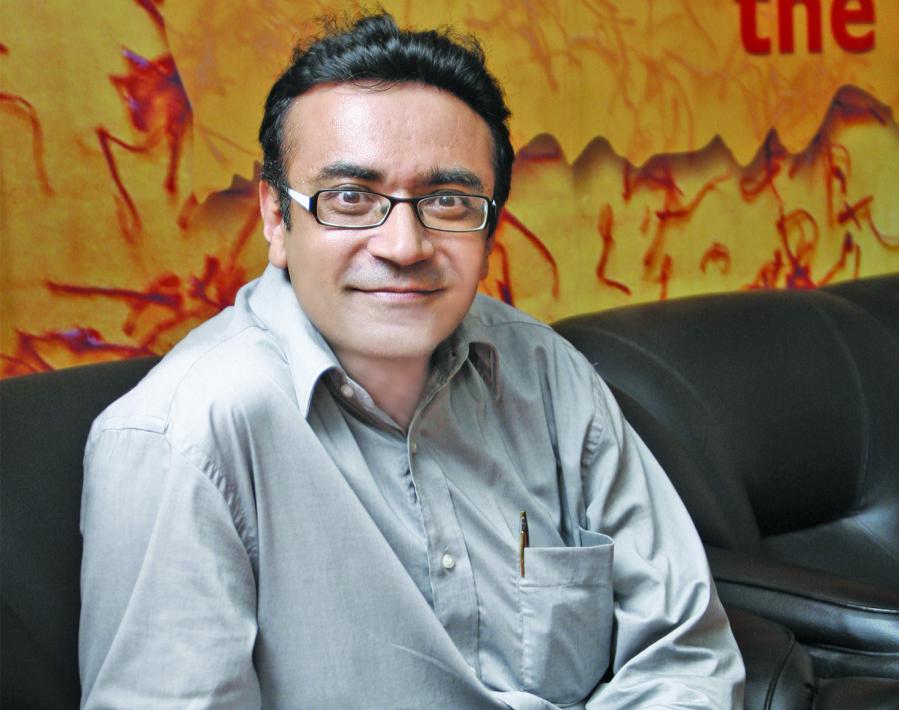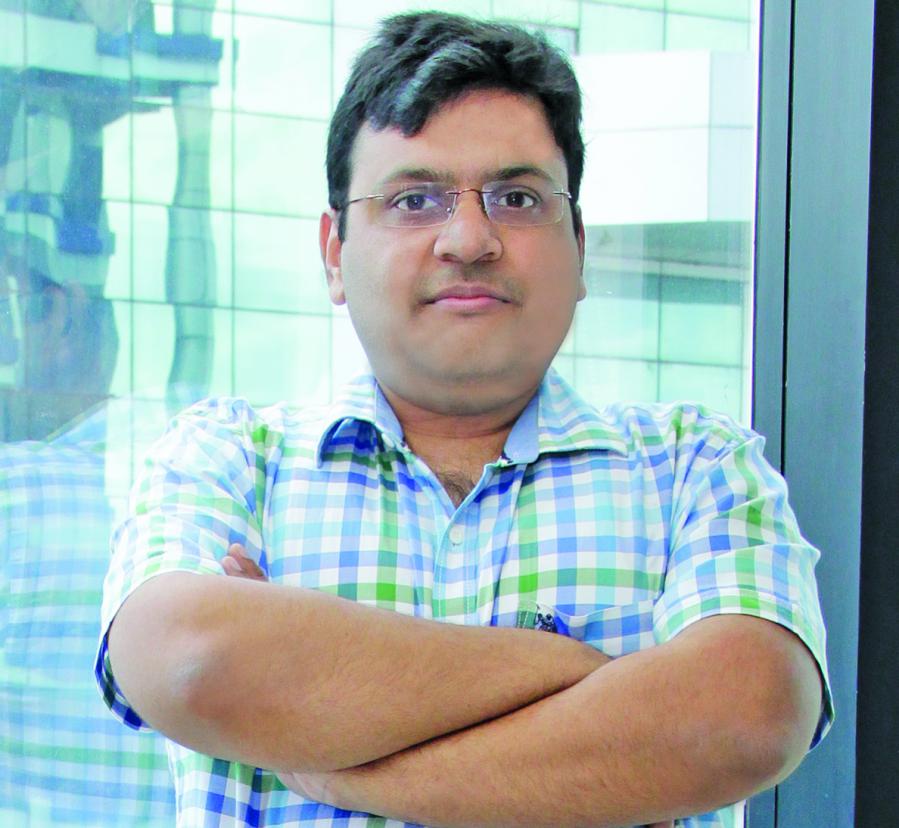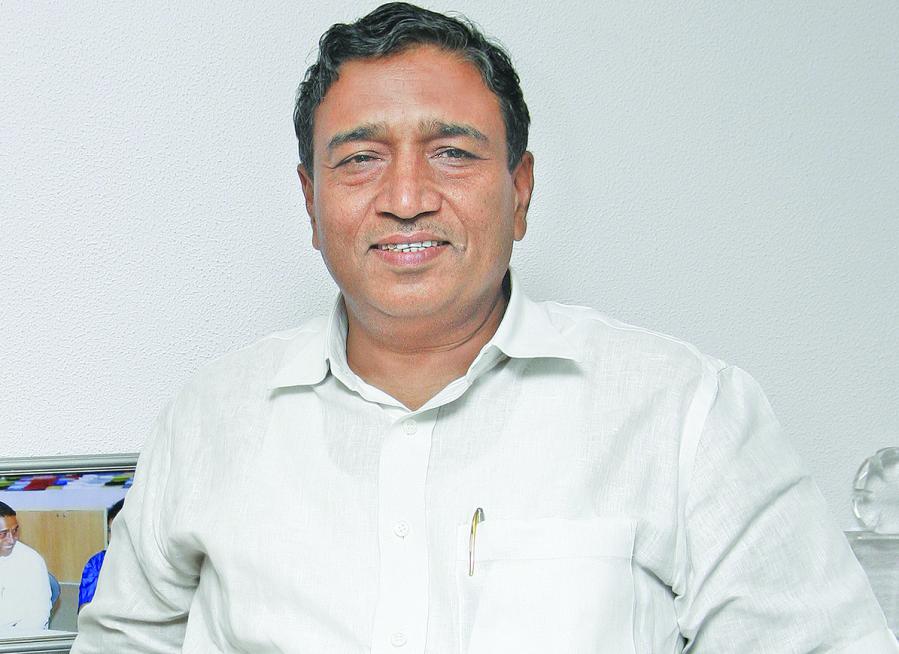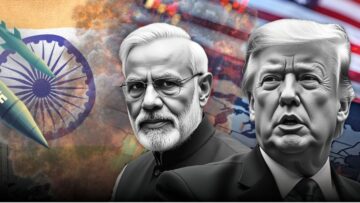To the dismay of many, Kolkata as a garment manufacturing destination is still underdeveloped, and though it is estimated that total business in the region from ‘sewing’ is worth about one billion dollars plus, apparel exports from Kolkata is just about US $ 235.60 million (Rs. 1500 crore), of which kidswear is a major segment and that too going mostly to the Middle-East. Fashion garments is not the forte of the region, but intricate embroidery for very high-end brands and design houses is going to the western world in large quantities, but mostly undocumented. Another product for which this area is known for is workwear, which though a focus segment of the city, accounts for just around US $ 31 million (Rs. 200 crore) in the exports basket. In this stagnated scenario the new textile policy that envisages to establish West Bengal as a leading producer of globally competitive value-added textiles and apparel products, for both domestic and international markets, has put hope into the industry that things are now set to change.

With a textile lineage, the Kolkata industry dating back to the postindependence era is considered as the birth place of the hosiery industry in India. The city however lost its direction in the segment despite being biggest supplier of knitwear in the country in the ’60s, following the changing political scenario, which discouraged any fresh investments and the industry hit rock bottom with the labour crises in the mid ’80s. “Despite changing political alliances and a movement away from the culture of hartals, industry is still not confident of handling large amount of labour in one location and hassled about local problems when unit size becomes too big – environment not considered very conducive,” says Sanjay Jain, MD, TT Limited. Most players in the region are in consensus to the thought.
It is not surprising then that only a handful of manufacturers have large stitching facilities under one roof, and most are outsourcing their requirements to small manufacturers having units of 10-20 machines all over the city and beyond. Even the big brands in innerwear and kidswear prefer to work with many units. “For the export industry to grow I think the industry needs favourable labour laws to put up organized setups,’ says Anil Buchasia, MD, Amrit Exports. The highly fragmented nature of the industry also affects the consistency in quality and timely deliveries, the two critical parameters to work successfully in the international market. “Options are limited in Kolkata for international buyers and by and large quality is not as per International standard and timely delivery is still a major problem,” admits Alok Prakash, MD, Jiwanram Sheoduttrai Industries, which is operating in both knitwear and workwear from Kolkata for the export market.
Today, Kolkata has four distinct business models in textiles, babywear and undergarments in knits for the domestic market, and workwear and intricate embroidery work, mostly panels for the international market. Players in each are different and only few companies have moved beyond this traditional pattern. Yet changes are happening. “Though very few companies are integrated and still apprehensive of expanding a lot of dyeing units for knitted garments have come up in the past few years, we as a company are also trying to go backwards, but are a little careful because of the economic crisis in Europe,” says Anil, a major player in the workwear segment. He further adds, “Even though the city has earned a reputation in workwear manufacturing, I have not seen any new workwear company coming up in last 10 years, but we do hope in times to come things will change.”

Some bold exporters have taken pathbreaking initiatives to give the region a more organized structure and among them is Exodus Futura Knits (EKF), a Kolkata-based apparel manufacturer that has set up a highly automated and system-driven factory of 400 sewing machines, 15 km away from Kolkata city. Established in 2011, EKF achieved the mark of US $ 5 million (Rs. 35 crore) in the last financial year and is positive of achieving Rs. 55 crore turnover in this financial year without expanding further, manufacturing all kinds of knit products ranging from men’s briefs, women tights to polo T-shirts.“The current facility is short of being utilized at 100% level right now; otherwise we can reach a turnover of US $ 8-10 million (Rs. 60-70 crore) easily from the same setup,” says Gayan Ruhunage, President – Apparel Manufacturing, EKF. Even he admits that buyers do not see Kolkata as a sourcing hub and are hence reluctant in working with companies based in the region.
According to Devendra Kumar Baid, MD, Welfit Exports of Kolkata, the absence of facilities for smooth export business is a major deterrent to increasing export business. He points out that right now the manufacturers have to go to Delhi or Mumbai to promote their products, as there is no platform to showcase garments to the international buyers in Kolkata. “There are virtually no buying agencies in Kolkata and international garment buyers especially from USA and UK seldom visit Kolkata,” asserts Baid. Alok adds, “Industry feels the necessity of organizing International fair at the bigger level and availability of adequate infrastructure and facilities to attract attention of the buyers.” Lamenting the limitations, Vijay Kariwala, Vice-President, West Bengal Garment Manufacturers and Dealers Association avers, “It is ironical that despite having a port itself, the city has not picked up export consignments and exporters have to go through Delhi and Mumbai.”
The connectivity of the Kolkata port is a major issue and the industry has to send trans-shipments either in Singapore, Colombo or some other place and there are rollovers which delay the shipment beyond a reasonable accepted time. Whereas centres like Mumbai have direct vessel connection to Europe. “Another peculiar problem of Kolkata as a garments industry is that we don’t have good job working facilities for ancillary activities, like embroidery, printing, washing and companies must develop their own facilities to meet the global standards. Also the supplier base of accessories is too inadequate,” says Anil.

In the meanwhile, the domestic business for sure has been growing, as due to labour availability, Kolkata has become an attractive location vis-à-vis other centres. The garment manufacturing industry is still centric around Kolkata only which includes adjacent districts of Howrah, Hoogly, 24 Paraganas. Major manufacturing hubs are located also in Garden Reach and Mahestala area in Kolkata. “Calcutta has a huge domestic industry but is highly fragmented and unorganized; according to my estimation Kolkata supplies almost US $ 2 million (Rs. 15,000 crore) worth of garments to domestic industry annually. The main items are kidswear and the main centre is Metiabruz,” says Anil.
Workwear segment leader in exports…
The industry which is feeding primarily on exports is the workwear segment and traditionally, Kolkata has been the producer of leather gloves since the 1980s and still 85% of India’s export of leather gloves is from Kolkata. With time, though the nature of the industry remained the same, the scales grew. This segment has always been a very low-end segment and has remained a ‘poor man’s trade’ but there are some companies who have corporatized and developed themselves in an organized manner. The fact that the industry could not grow is very sad because the glove consumption of the world is about US $ 10 billion, an ever-increasing number, to which India contributes hardly 5% to 6%. Major players include Mallcom India, Amrit Exports, JPM Exports, and Rama Overseas to name a few, and they cater majorly to the European markets, working through a network of importers and distributors, supplying to a wide range of industries and retailers.
Among many of the workwear manufacturers here, Mallcom India is a dynamic and the most progressive workwear manufacturer based in Kolkata. Established in 1983 as a glove manufacturer, Mallcom started workwear in 1990 and the company has today grown to become a complete workwear solution provider with annual revenues upwards of US $ 45 million (Rs. 300 crore). “We have supplied our products to companies such as BMW, Audi and other such end users through a third company,” shares Ajay Mall, Managing Director, Mallcom (India). Now Mallcom Group is eyeing the protective workwear business, which is presently being done by China and is the most lucrative in terms of the pricing but is equally difficult to produce because of the stringent requirement of EN and ISO standards to which the garments have to adhere. “The FOB of basic industrial workwear starts from US $ 6 but in case of protective clothing, the same starts from US $ 20 and can go up to US $ 50,” explains Ajay.
Labelled as the largest workwear manufacturer from Kolkata, Amrit Exports has 24 manufacturing facilities in and around the city. Starting off as glove manufacturers, the company today has a capacity of 2,50,000 pieces a month of a combination of both hard workwear and soft workwear. The ISO 9001:2000 company has upgraded its facilities to match the demanding market and has also invested in technology to match global standards in production.

Some companies in workwear have branched off into other areas like JPM Exports, which started with workwear and is now producing sportswear and casualwear for diversified growth. For exports, JPM is working with Dickies, F Angel Denmark and Wruth for workwear, and Italian companies Diadora for sportswear. In the domestic market, the company has started with Pantaloons, Mahindra Retail and Decathlon for their stores in India. Justifying the same Pankaj Madhogaria, Director, JPM Exports says, “The demand of workwear is not growing in the western world because newer manufacturing industries are coming up majorly in Asia, which has become the world’s manufacturing hub and these companies are becoming more sensitive about the workwear safety.”
Knitwear industry still primarily domestic based…
Who has not heard of Rupa, Lux, TT, VIP, Dollar and Amul when talking of the men’s innerwear segment? And even bigger then this traditional segment is the flourishing kids knitwear manufacturing segment which has seen the birth of brands like Zero, A First, First Body, Top Baby, Mickey, Point, Bambino, Zoo to name a few leading ones, available at all stores selling kidswear around the country.
The real challenge in innerwear today is the influx of foreign brands like Jockey, Fruit of the Loom and Hanes into the country. “We can think of export market only when we have been able to consolidate our position in the local market and for that we have to compete and deliver products at par with international brands. That is why all innerwear brand owners are targeting the young brand conscious generation with new upmarket options promoted by celebrities,” says PR Agarwala, Chairman, Rupa.
The quality of product in babies wear is at par with international brands and much effort is put into designing and colour. “The biggest challenge in babies wear is colour, even the best of styles will fall flat if it is not in a colour appropriate to babies so we have different shades of the blues, pinks, greens and whites every season,” avers Pradeep Arora, Director Cotton Casuals, the owners of the brand ‘Zero’ a trend setter in Kolkata. His company is among the few which is integrated having stitching operations under one roof. The demand for kidswear is so huge in the domestic market that most of the manufacturers do not feel the need to explore exports.
Silver lining of change…
A new textile policy was announced about 18 months back and Government is taking measures for ease of doing business also. Companies feel that overall the Government is supportive; however confidence of industry is still low. “Labour costing and availability, Government’s eagerness to grow the garmenting business in Bengal to increase employment, a good textile policy and presence of a large cluster around Kolkata, plus proximity to port are the factors that augur well for the future of the industry,” reasons Sanjay.
TT is an active partner in the upcoming Hosiery Park in Howrah, Bengal and would be planning a garmenting unit there. The Hosiery Park is spread out in 125 acres and expected to attract an investment of US $ 240 million (Rs. 1600 crore). “This project would be the first of its kind in Bengal and would have state-of-the-art facilities. About 200 companies are expected to invest there,” shares Sanjay.
The industry is more upbeat and hopeful that the changing scenario will finally attract international attention. “What I can say is that Kolkata is a place with skills, also it is a place where long-term relationships, be it with employees or be it with buyers can be created. If buyers are willing to invest in their suppliers, Kolkata would be a very good option where suppliers are willing to adapt according to the need of their customers. I would strongly recommend Kolkata for products which need lot of workmanship with comparatively good prices. It is a place which generates trust among its buyers. Of course it has its limitations in terms of infrastructure but the attitude is positive,” concludes Anil.










